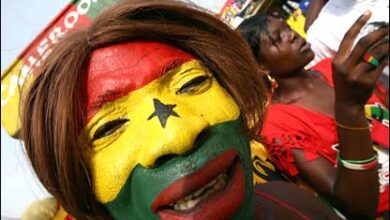

What do we mean by official dressing?
Most people interpret official dressing as one being in an executive suit and tie or an executive dress for ladies.
Official dressing is wearing a dress to suite an occasion.
Here in Ghana, people working in offices are seen dressing executive from Monday to Thursday then on Friday they go casual or wear an African print attire.
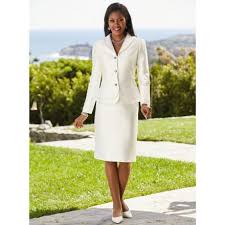
Dressing officially is not necessarily the matter of being in a long sleeve shirt, black and white or office dress rather, its your mental understanding that makes you dress that way.
People wear African print to their work places on a Monday and they are being questioned.
Some attire comes with a name due to the occasion people wear them to; such attires like dinner wear ,wedding gowns and others.
A military man in his uniform at the barracks is officially dressed because that is what his profession demands, just like a nurse, doctor and an migration officer.
WHY DRESS OFFICIAL
Dressing in proper business attire is important for every business because it presents a visual image and sends an information or message to the employees and viewers out there. Professionally, in business deals this image and message needs to be professional.

Dressing better gives you more confidence and vigor. People will think you make good money and perception often becomes reality so even if you don’t make good money having an image of being successful will help make it happen.
DRESS CODE
Dress code is a set of rules, often written with regards to clothing.
Dress codes agree on social perceptions and norms, and vary based on purpose, circumstances and occasions.
Different societies and cultures are likely to have different dress codes, western dress codes being a prominent example.
These codes are symbolic indications of different social ideas, including social class, cultural identity attitude towards comfort, tradition and political or religious affiliations.
In the seventh through the ninth centuries, the European royalty and nobles used dress codes to differentiate themselves from other class of people.
All classes generally wore the same clothing ,although distinctions among the social hierarchy began to become more noticeable through ornamented garments.
Common pieces of clothing worn by peasants and the working class included plain tunics, cloaks, jackets, pants and shoes.
Private dress code
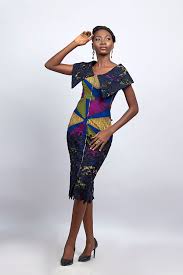
Many place have their own private dress code; these organisations may insist on particular dress codes or standards in particular situations. Such as for weddings, funerals, religious gatherings.
Work place
Employees are sometimes required to wear a uniform or certain standards of dress, such as a business suit or tie. This may depend on particular situations, for example if they are exempted to interact with customs.
In Western countries these policies vary depending on the industry with lawyers, bankers, and executives often wearing suit and tie.
Most businesses have authority in determining and establishing what workplace clothes they can require of their workers. Generally, a carefully drafted dress code applied consistently does not violate anti -discrimination laws. So, as long as the dress codes does not favour one gender over the other it is usually acceptable by law for employers to have a private dress code.
FORMAL WEAR

In Western countries, a formal dress code typically means tailcoats for men and full length evening dresses for women.
Semi- formal has a much less precise definition but typically means an evening jacket and tie or men and a dress for women.
Business casual wear means not wearing neckties or suits but wearing collared shirts and trousers ( not black but more relaxed) causal typically just means clothing for the torso, legs and shoes.
In a formal business environment, the standard of dressing for men and women it’s a suit,a jacket or a skirt,or dress paired with appropriate accessories.
Clothing that reveals too much cleavage, your back your chest, your feet, your stomach or your underwear is not appropriate for a place of business.
TYPES OF DRESS CODES
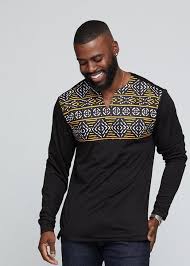
Business formal: a business formal dress code enhances the professional image of your workplace environment and your personal brand, clothing should be crispy,neat,pressed and never wrinkled, to project a professional ” businesses formal ” image.
Torn, dirty and unmatched clothing is unacceptable. The standard dress code in a business formal environment is a full matching business suit, including a jacket and dress pants or a dress skirt. The darker the suit, the more formal!
Business casual: These include slacks or khakis, dress shirt or blouse, open -collar or polo shirt
Business professional : when dressing as a business professional, men wear dark – colored (grey or navy) suit and tie.
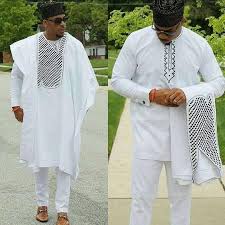
The tie should be simple, avoiding bright colours or busy patterns. Men wear a button – down shirt ( preferably, white or light – blue) and belt.
Casual: casual wear or leisure wear is a western dress code that is relaxed, occasional, spontaneous and suited for everyday use. Casual wear became popular in the western world for following the counter-culture of the 1960s.

In most industries, professional dress means wearing a suit-slacks or skirt, button shirt and a matching jacket.
Men should wear tie and executive shoes to give you the opportunity to add color to your outfit.
WHAT SHOULD I WEAR TO LOOK PROFESSIONAL

Women can usually wear a skirt, dress or blouse and a jacket or cardigan, whiles men can wear dress, trouser and button down shirt, a tie and jacket.
Keep your look professional right down to your feet. Wear a well fitting and not-too trendy pair of shoes in a neutral color.
We should dress official to suite an occasion.
Felicia Naa Awuley/ Ahotornews
CREDIT: Various website sources



